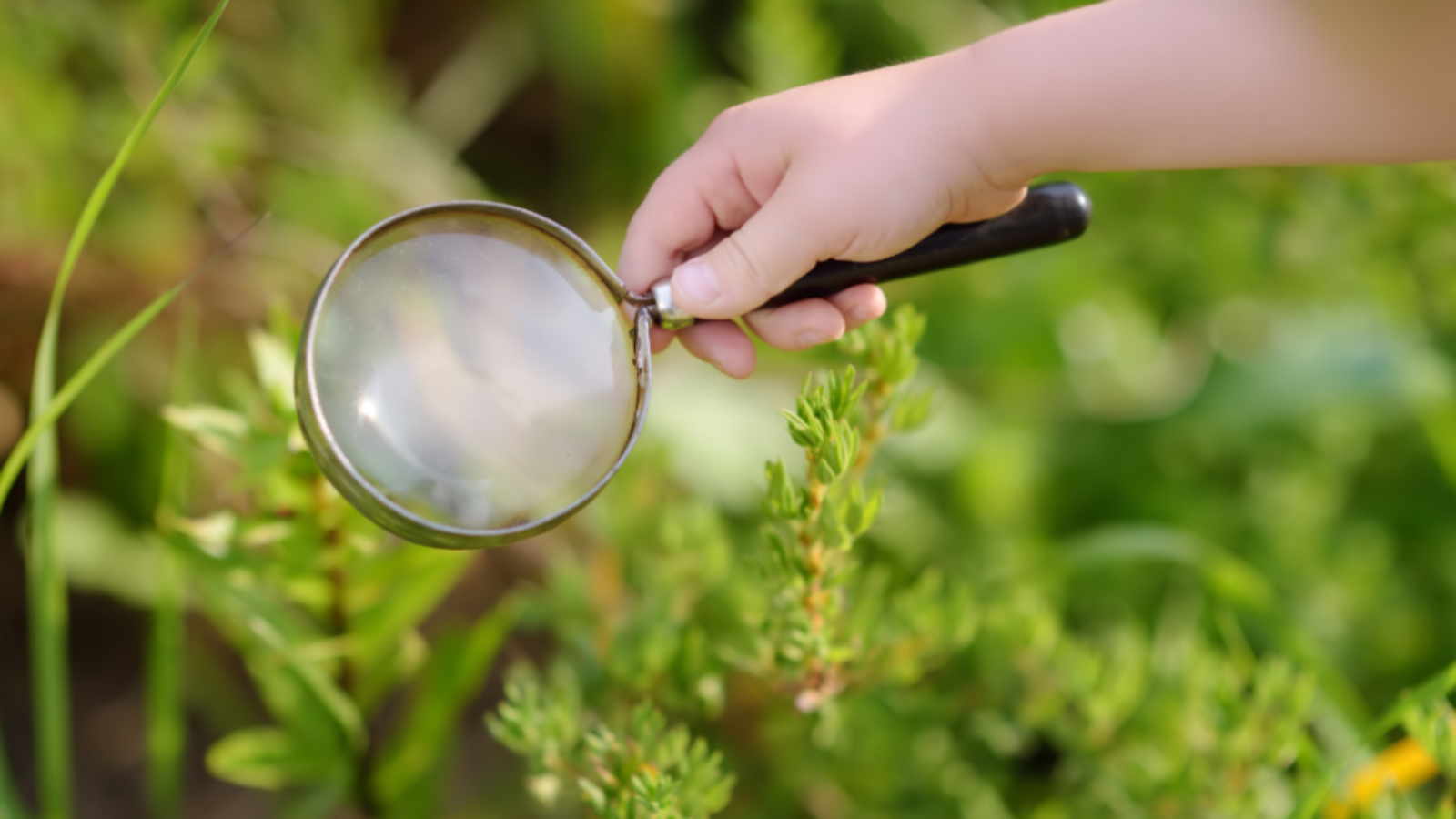At Trayak, we continuously strive to provide our clients with easy-to-use and comprehensive sustainability solutions. Whether brands, manufacturers, or suppliers are simply trying to make the right environmental decisions or keep up with reporting best practices, the reliability and robustness of their underlying data is paramount. Over the past few decades, we have seen that a data-driven approach to sustainability can support a company’s sustainability goals, inform which strategies will maximize improvement, and enable better tracking of key metrics.
How Companies Leverage Data
The term data-driven can be used in a variety of different contexts. More and more companies are committing to sustainability goals, reporting environmental impacts to third party organizations, and looking for the tools to improve. According to the The KPMG Survey of Sustainability Reporting 2020, over 80% of the world’s top companies are already reporting on sustainability. These might take the form of goals to increase PCR usage, decrease plastic, attain higher levels of recyclable, compostable, or bio-based packaging, lower GHG emissions, use water more responsibly, and the list goes on. Yet these commitments are still relatively new and most companies only track their bill of materials to execute the company’s mission. Still, even this level of information is the seed to meeting such aspirational goals. The phrase “you can’t improve what you don’t measure” certainly rings true in the world of sustainability. Once a business is able to baseline their current portfolio, they are well on their way to set meaningful and measurable goals, change product and packaging designs, and reduce their environmental burden.Incorporating the Entire Life Cycle
Beyond functional attributes like PCR content and recyclability lay the many environmental metrics which have become popular in corporate sustainability. These include GHG emissions, water use, fossil fuel use, and others. Increasingly, the best practice has emerged to incorporate the entire life cycle of a product or package to calculate real-world environmental impact. A company might look at how much energy it takes to create their product, package it, and transport it to customers, but what about the direct impacts of producing the materials in the first place? Or what happens after the customer has disposed of it? Life Cycle Assessment (LCA) is a reliable method of calculating environmental impact and it is broken down into the life cycle phases. Commonly in the context of a cradle-to-grave analysis, these phases include the impacts of material production, manufacturing and conversion, transportation, and end-of-life or disposal. Take a simple package, a corrugated box, and let’s discuss the tremendous amount of information that might be used to calculate its environmental impact across the entire life cycle. First the raw materials must be produced through growing and harvesting trees, pulping, and processing it into paper including any transportation or logistics along the way. The next phase, manufacturing, would include the process of corrugation and the production of the corrugated boxes through stamping, printing, and adhesion. Once the box is made, we can include the transportation required to send it to the brand or industry who purchases it. Then the final transport of the corrugated box, now filled with product, to the consumer. For every mile traveled you have to think of constructing the roads, replacing automobile parts, the use of fossil fuels, and disposal of destroyed vehicles. Finally, the end-of-life of the package or product includes each possible route of disposal. This means disposal through recycling, incineration, landfill, or composting, and the unique impacts associated with each. All of this data is incorporated in order to create the best representation of the real-world impact. That way a business can properly track and reduce its impact while reporting to stakeholders and educating consumers.Weighing Tradeoffs to Maximize Sustainable Strategies
At Trayak, we see clients succeed most when they take a holistic approach by weighing the tradeoffs of each sustainable strategy.All of this data comes together seamlessly using a comprehensive and holistic sustainability solution like EcoImpact-COMPASS. Industry leaders leverage countless sustainability solutions to make better decisions and improve their products or packaging: lightweighting, sustainable material sourcing, improved palletization and transportation logistics, reformatting, and resizing just to name a few. Good data can be used to guide designers towards the most effective strategies. Many industry professionals are surprised to see the true environmental cost of each component they use when it isn’t what they expected. But data will support design and development changes that are backed by a rigorous methodology and not simply by gut feeling. At Trayak, we see clients succeed most when they take a holistic approach by weighing the tradeoffs of each sustainable strategy. For example, switching from a plastic to a bio-based material may seem like an easy choice when customer demand for sustainable products is so high. But there are a variety of factors for you to consider. For example, the new bio-based material may reduce overall GHG emissions but only if it’s not too much heavier than the lightweight plastic version. Additionally freight costs, damage rate, and shelf-life must be weighed against your environmental impacts to make a truly informed decision. Instead of unknowingly shifting your burden from one place to another, Trayak provides several environmental indicators along with a library of functional attributes to help clients confidently make the best choice.


Add a Comment
You must be logged in to post a comment